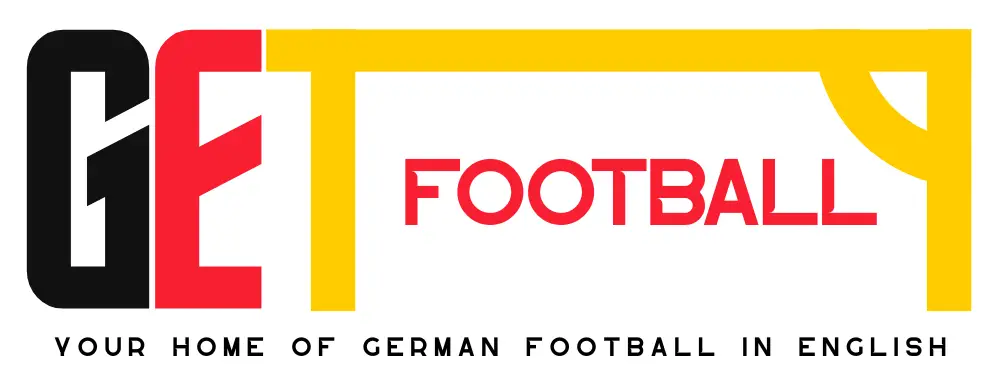Football has always been more than just a sport, it is a constant tactical arms race. Across Europe, coaches adapt systems not only to outsmart rivals but also to keep pace with the physical and technical evolution of players. Since the early 2010s, possession football has dominated the narrative, epitomized by Pep Guardiola’s Barcelona and later Manchester City.
But as the 2020s progressed, cracks appeared in the possession-heavy model. Teams that emphasized control often struggled against high-energy opponents who thrived on chaos. Today, a new trend has emerged: vertical counter-pressing and rapid transitions. Clubs in France, Germany, and Spain have become testbeds for this evolution, and their approaches are transforming how the game is played and understood.
From Possession to Verticality
For nearly a decade, “tiki-taka” or ball circulation was seen as the gold standard. The objective was simple: dominate possession, suffocate opponents, and wait for gaps. However, as defensive systems grew more compact and analytics highlighted the efficiency of direct play, a shift began.
Modern football increasingly prizes speed over patience. Rather than holding the ball for long spells, many managers instruct their teams to:
- Win possession high up the pitch.
- Transition vertically within seconds.
- Exploit disorganized defenses before they recover.
This philosophy rewards dynamism, athleticism, and adaptability—a clear break from the slow, methodical buildups of the past.
Ligue 1: Marseille’s Pragmatic Press
In France, Olympique de Marseille offers a prime example of this transition. Traditionally a club with a loyal but demanding fanbase, OM recognized the need to modernize its tactical approach. Instead of committing to long sequences of possession, Marseille now leans into:
- High pressing: Forcing turnovers in advanced zones.
- Quick vertical passes: Bypassing midfield congestion.
- Wing-driven attacks: Exploiting pace to stretch defenses.
This system allows Marseille to compete against wealthier Ligue 1 rivals like PSG by maximizing energy and intensity. For players, it means redefining their roles: strikers must lead pressing triggers, while midfielders need stamina to shift between defensive recovery and offensive surges.
Key takeaway: Marseille proves that tactical pragmatism, not just star power, can level the playing field in France.
Bundesliga: Leverkusen’s Controlled Chaos
Few leagues embody tactical innovation like the Bundesliga, and Bayer Leverkusen under Xabi Alonso has become the poster child of Europe’s vertical revolution. Their style blends counter-pressing chaos with structured patterns:
- Immediate ball recovery: When possession is lost, Leverkusen compresses the pitch to suffocate opponents.
- Rapid forward progression: The first or second pass often looks vertical, targeting wingers or a mobile striker.
- Fluid rotations: Midfielders and attackers interchange constantly, creating unpredictability.
This approach is high-risk, high-reward. But analytics show its value: Leverkusen frequently generates high-quality chances (reflected in expected goals, or xG) within 10 seconds of winning the ball, something fans can also spot when following live statistical breakdowns during games.
For players, this system is demanding. Forwards must sprint tirelessly; defenders are tasked with stepping high into midfield; and midfielders must be equally skilled at destroying play and launching attacks.
Key takeaway: Leverkusen demonstrates how calculated aggression, supported by data and coaching detail, can produce results against possession-oriented opponents.
La Liga: Barcelona’s Hybrid Evolution
Spain has long been synonymous with possession. FC Barcelona, the cradle of tiki-taka, has had to evolve. Though the club still values ball retention, recent years have shown a hybrid tactical identity emerging:
- Retain control when needed: Against deep defenses, Barcelona still recycles possession patiently.
- Attack vertically when space opens: With talents like Lamine Yamal and Raphinha, Barça strikes quickly in transition.
- Blend of old and new: Midfielders such as Pedri and Gavi provide balance, linking traditional control with modern directness.
This shift reflects not a rejection of identity but an adaptation. Barcelona recognizes that football has moved toward speed and unpredictability, and refusing to adapt risks being left behind.
Key takeaway: Even traditional possession giants are embracing vertical football, proving the trend is more evolution than revolution.
Tactical Trends and Player Roles
These tactical adjustments do not just change team performance—they redefine positions across the pitch:
- Strikers: Once pure finishers, modern No. 9s must initiate pressing and link play in transitions.
- Midfielders: Tasked with versatility, they must control tempo one moment and launch attacks the next.
- Defenders: Center-backs are expected to play vertical passes into midfield or directly to forwards, not just recycle possession.
- Goalkeepers: Increasingly seen as the “11th outfield player,” goalkeepers must participate in buildup while being ready to sweep behind high defensive lines.
This tactical rebalancing demands athleticism, adaptability, and tactical intelligence across every role.
The Role of Analytics and Data
Sports analytics has been instrumental in driving this shift. Tools measuring pressing intensity, transition efficiency, and expected goals (xG) reveal that direct play and counter-pressing often yield more chances per possession than sterile domination. Fans can already see this reflected in platforms such as CafeScore, where live stats and match insights highlight how tactical trends shape results on the pitch.
Football outlets, coaching platforms, and tactical resources now provide fans with visualizations and data breakdowns that explain why Leverkusen’s press works or how Marseille’s vertical passing creates overloads. Linking to these tools not only enhances fan engagement but also builds credibility for football news sites.
For readers: Exploring platforms like Wyscout, StatsBomb, or Opta reports gives deeper insight into these tactical shifts—turning casual fans into informed analysts.
Why These Trends Matter
This evolution is not a passing fad. The rise of vertical counter-pressing and transitions reflects broader changes in the game:
- Players today are faster and fitter, capable of sustaining high-intensity play.
- Analytics make it possible to prove the effectiveness of pressing and rapid transitions.
- Fans increasingly appreciate dynamic football, rewarding clubs that entertain as well as win.
For clubs, adopting these systems is both a competitive advantage and a necessity. For players, it is a career-defining challenge: adapt to the new demands or risk falling behind.
Conclusion: Football’s Future in Motion
The European game is in motion, both literally and tactically. From Marseille’s pragmatic press to Leverkusen’s calculated chaos and Barcelona’s hybrid evolution, the post-2020s era has redefined how football is played at the elite level.
Possession football will never disappear—it remains a cornerstone of the sport. But today’s successful teams combine control with vertical ruthlessness, fusing old philosophies with modern demands.









